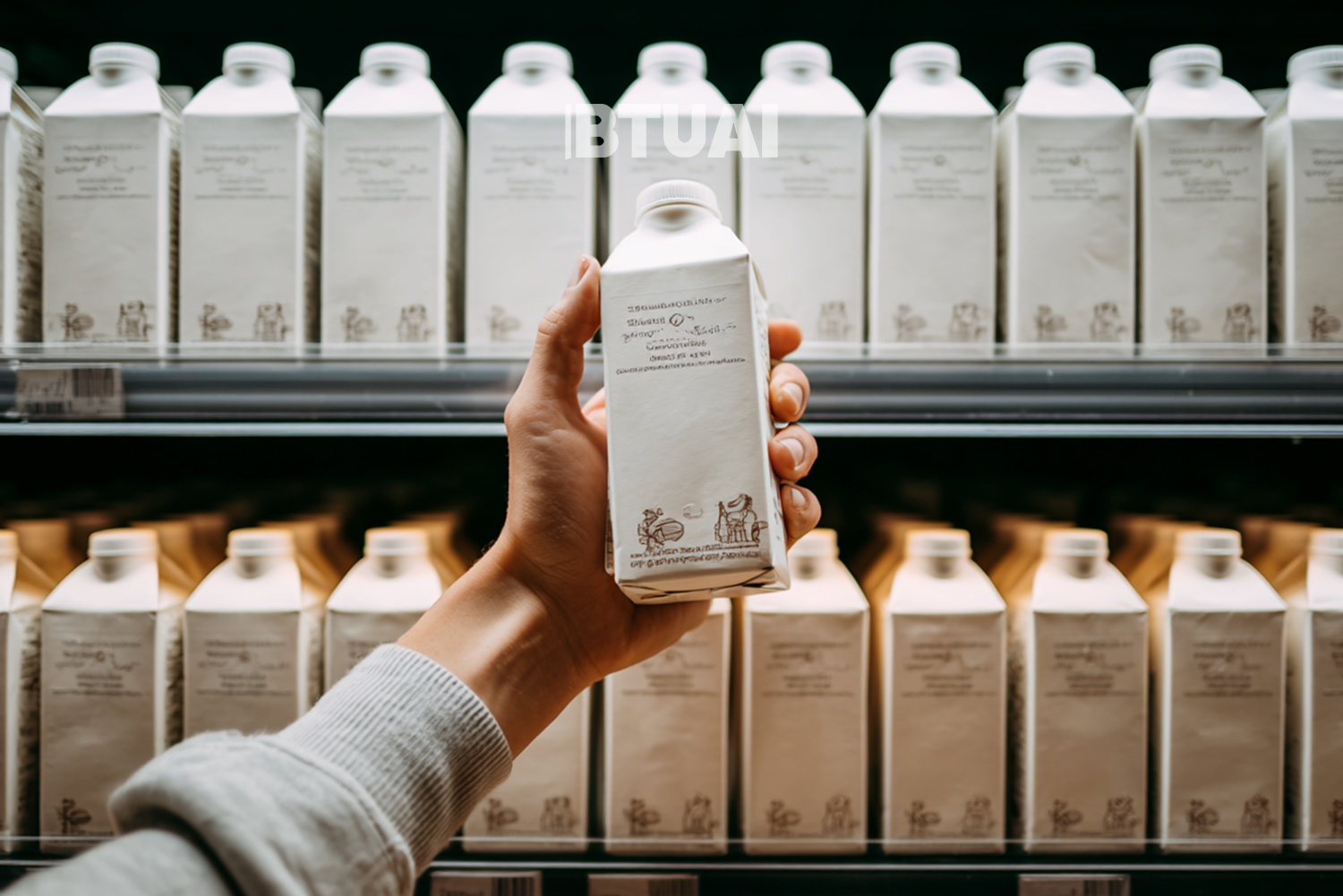Iranian Dairy Dominance: A New Reality in Georgia’s Food Market
One of the most striking trends in Georgia’s food market in 2025 has been the unprecedented surge in imports

One of the most striking trends in Georgia’s food market in 2025 has been the unprecedented surge in imports of Iranian condensed milk and cream. In the first five months of the year alone, imports from Iran reached $5.9 million, accounting for 40% of Georgia’s total condensed milk and cream imports. This marks a staggering transformation compared to the same period in 2024, when imports from Iran amounted to just $126,000—a 47-fold increase. Such a dramatic shift is rare and raises several important economic and strategic questions.
What’s Driving This Surge?
The key factor behind this change is the sharp decline in regional prices, coupled with the competitive pricing of Iranian dairy products, supported by more efficient transportation logistics. Iranian condensed milk and cream now enter the Georgian market at the most affordable prices, making them highly attractive to local businesses seeking large-volume, cost-effective imports.
As a result, Iran has emerged as the leading source of dairy imports, displacing previous market leaders such as Belarus and France. This marks a significant realignment of supply chains in the Georgian dairy market.
The Numbers at a Glance
In January–May 2025, Georgia imported over $14.8 million worth of condensed milk and cream. Here’s the breakdown by country:
- Iran: $5.9 million
- Belarus: $5.7 million
- France: $707,000
- Netherlands: $696,000
- Russia: $694,000
While Belarus and others remain significant suppliers, Iran’s exponential rise has reshaped the market landscape.
Implications for Local Production and Food Security
Despite rising imports, local production remains weak and unable to compete effectively with the pricing and volume of imported goods. The heavy reliance on a single country for a critical product category introduces new vulnerabilities to Georgia’s food security. Any disruption in trade routes, diplomatic relations, or regional logistics could pose serious risks to supply continuity.
Even though short-term benefits—such as cheaper and abundant product availability—are evident, this shift demands careful monitoring to ensure product quality, supply reliability, and consumer protection.
A Cautionary Example of Market Transformation
The Iranian dairy boom demonstrates how external market forces can rapidly and radically reshape a national food market. It underscores the need for a diversified and resilient supply strategy, to guarantee that consumers always have access to affordable, high-quality, and reliable products, regardless of regional fluctuations.
In conclusion, Iran’s dominant entry into Georgia’s dairy sector is a powerful reminder of how geopolitics, pricing strategies, and supply logistics can converge to redefine entire industries—bringing both opportunity and risk.




